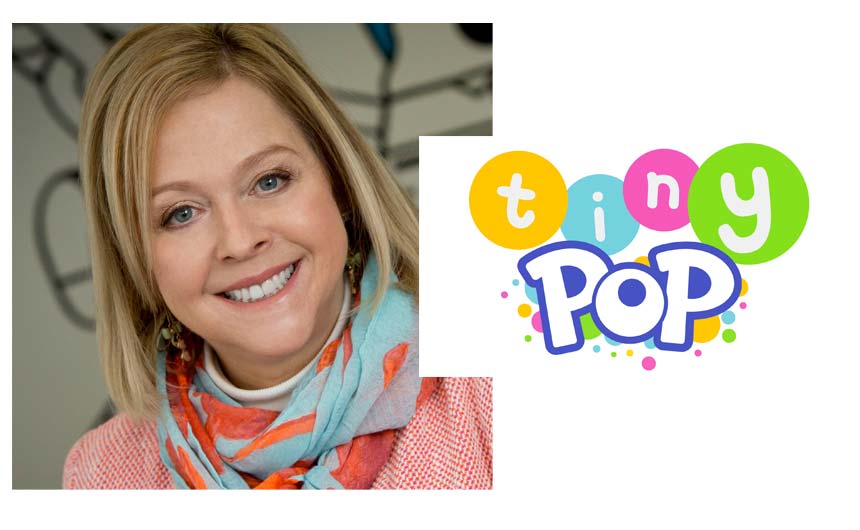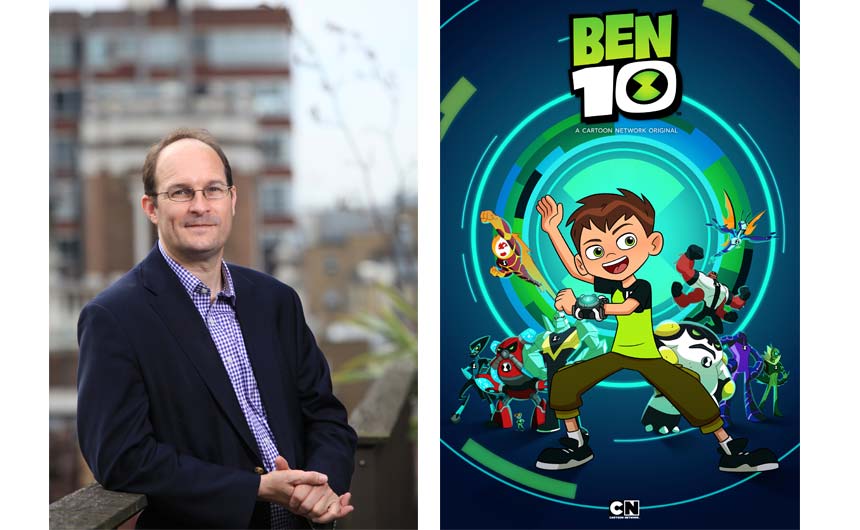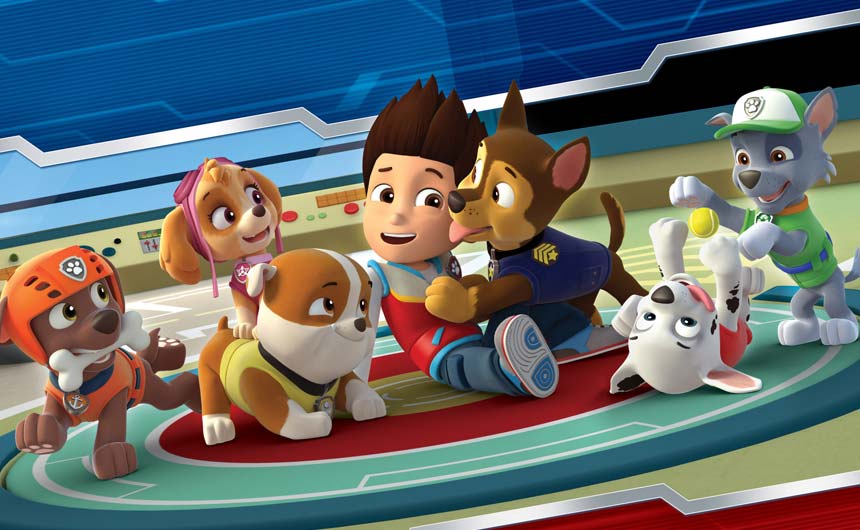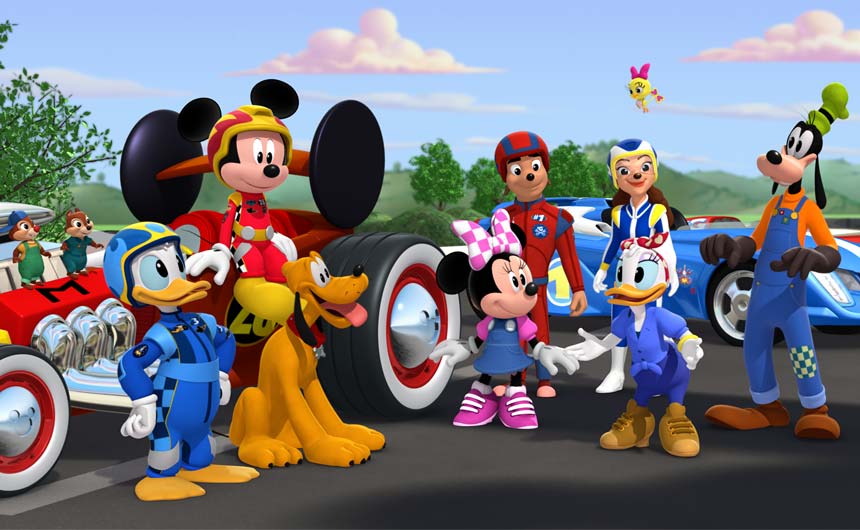Why the support of a well-known traditional TV channel remains hugely beneficial for the growth of an IP.
The TV industry has seen a massive shift over the last few years. There is a multitude of platforms and the sheer breadth of content that exists on them means that children have more choice than ever before.
There has been much written about audiences turning away from linear TV, but the fact is that it remains key to building strong children’s IP. One of the big success stories of recent times has been Sony Pictures Television Networks’ Tiny Pop.
“Modern children have a lot of choice and viewing habits are changing,” Sarah Muller, vp of children’s and youth programming, tells us. “It’s about making sure that the Pop portfolio has the best new content to compete with the emerging platforms, while retaining what makes us special, and we continue to utilise our own platforms including the POP FUN app and Sony PlayStation.”

Sarah continues: “It’s about discoverability – in a crowded marketplace, linear remains the simplest way to showcase brands. It’s also possible to measure and capture reliable data, which is crucial to brand building.”
Graham Saltmarsh, director of licensing, Northern Europe at Cartoon Network Enterprises, agrees. “Traditional television remains the gateway entry point for kids seeking and discovering new content and licensed brands,” he says. “Our channels are most often still the launch pad for our series, but we don’t stop there – we’re building worlds for kids to immerse themselves in; and that of course includes great licensed product alongside the many other ways to live and breathe our brands and characters.”

Ben 10 and Teen Titans Go were among the top performers for Cartoon Network in 2018, and Graham highlights Bakugan as a brand to watch in 2019 with a new series due to air.
Graham is also keen to point out that the company’s key franchises benefit from a 360-degree treatment, with YouTube views and VOD downloads all complementing the traditional programming.
Marianne James, vp of Viacom Nickelodeon Consumer Products UK, Northern and Eastern Europe, also advocates an approach of being everywhere kids are and having multiple touchpoints. But again, it all stems from that linear platform. “We offer a wealth of engaging programming on our linear channels including fantastic stunts, brand new content and events, eg the KCAs – all of which give our viewers the chance to see their favourite stars on the channels,” says Marianne.

“We have a strong social presence on Facebook, Instagram, Twitter and YouTube and offer bespoke long and short form content that is suitable for each platform. We take the time to understand kids’ multiplatform consumption habits – for example, YouTube extends the linear experience, and we roll out content in line with linear to drive reach and deliver on our ‘Nickelodeon is everywhere’ promise.”
Marianne continues: “The landscape is becoming increasingly competitive but the key to staying relevant remains the same – great characters, great storylines, great partnerships and great research to create outstanding franchises that have the power to excite and engage kids everywhere.”

David Levine, general manager of Disney Channels UK, Ireland and Nordics, agrees that what remains key for all of its audiences is the desire for great content. “Linear TV is still at the heart of our channel ecosystem, and remains the number one destination for children watching content,” he says. “However, we do recognise that our audience is consuming content on different platforms so our ecosystem consists of mobile apps, including our Disney Channel app, YouTube, Instagram and Facebook channels to ensure that kids and parents can be entertained wherever they are.
“We are also using these platforms to complement the shows. For example, using short form content on digital platforms to introduce our audience to new shows and characters,” David continues.
Our final word goes to Cartoon Network’s Graham: “Children’s programming is stronger than ever and while TV may not always be as we know it today, it will always have a place in the ever evolving and rich content landscape.”
The brand owner’s view
“Although online TV channels are growing rapidly, we believe traditional TV channels are still the first point of call for the preschool audience and their parents,” says Adrian Wilkins, ceo of CHF and founding shareholder of CHF Pip. “Having the safety and support of a well-known traditional TV channel is hugely beneficial for the growth of an IP. It comes down to having the security that a huge number of viewers will be watching, day in day out.”
Adrian continues: “Traditional TV gives you the control over what time it is aired and being able to get accurate viewings figures in response, which is something that not all digital platforms can offer.”
The company’s Pip Ahoy! started its life on Milkshake in 2014 and, following success on the channel, seasons one and two also launched on Cartoonito. Last September, season three launched on ITV’s dedicated new preschool block, littleBe.
“Any additional opportunities to have arisen from each of the partnerships has helped to build brand awareness and engage further with the audience,” Adrian says. “From a licensing and merchandising perspective, having a presence on a traditional TV network gives you the platform to really go out there and get the deals, all of which is bolstered further by digital and social engagement.”
This feature originally appeared in the spring 2019 edition of Licensing Source Book. To read the full publication, click on this link.
































